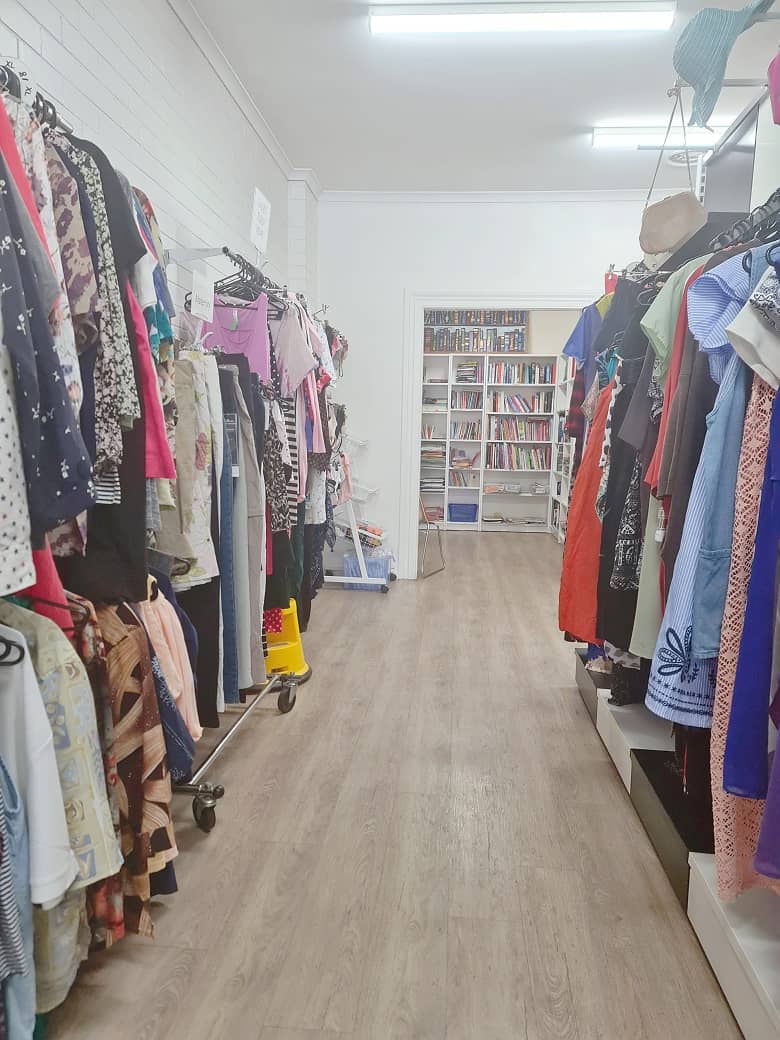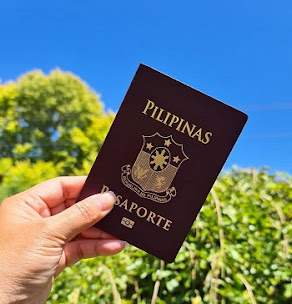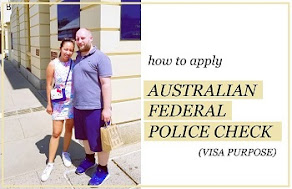Clothes shopping used to be an occasional event—something that happened a few times a year when the seasons changed or when we outgrew what we had. But about 20 years ago, something changed. Clothes became cheaper, trend cycles sped up, and shopping became a hobby. Enter fast fashion and the global chains that now dominate our high streets and online shopping. But what is fast fashion? And how does it impact people, the planet, and animals?
It was all too good to be true. All these stores selling cool, trendy clothing you could buy with your loose change, wear a handful of times, and then throw away. Suddenly everyone could afford to dress like their favorite celebrity or wear the latest trends fresh from the catwalk.
Not to mention that Tiktok is a huge source of influence on our impulse purchases online.
Many years ago, I used to buy and blogged these fast fashion brands, and for a couple of years, I realized that my action isn’t right and only contributes to the bigger issue.
What is fast fashion?
Fast fashion can be defined as cheap, trendy clothing that samples ideas from the catwalk or celebrity culture and turns them into garments in high street stores at breakneck speed to meet consumer demand. The idea is to get the newest styles on the market as fast as possible, so shoppers can snap them up while they are still at the height of their popularity and then, sadly, discard them after a few wears. It plays into the idea that outfit repeating is a fashion faux pas and that if you want to stay relevant, you have to sport the latest looks as they happen. It forms a key part of the toxic system of overproduction and consumption that has made fashion one of the world’s largest polluters.
How to spot a fast fashion brand
Some key factors are common to fast fashion brands:
* Thousands of styles, which touch on all the latest trends.
* Extremely short turnaround time between when a trend or garment is seen on the catwalk or in celebrity media and when it hits the shelves.
* Fast fashion companies use offshore manufacturing where labour is the cheapest, with the use of workers on low wages without adequate rights or safety and complex supply chains with poor visibility beyond the first tier.
* A limited quantity of a particular garment. With new stock arriving in store every few days, shoppers know if they don’t buy something they like, they’ll probably miss their chance.
* Cheap, low-quality materials like polyester, causing clothes to degrade after just a few wears and get thrown away.
What’s the impact of fast fashion?
On the planet
Fast fashion’s impact on the planet is immense. The pressure to reduce costs and speed up production time means that environmental corners are more likely to be cut. Fast fashion’s negative impact includes its use of cheap, toxic textile dyes—making the fashion industry the second largest polluter of clean water globally after agriculture. That’s why Greenpeace has been pressuring brands to remove dangerous chemicals from their supply chains through its detoxing fashion campaigns through the years.
Cheap textiles also increase fast fashion’s impact. Polyester is one of the most popular fabrics. It is derived from fossil fuels, contributes to global warming, and can shed microfibers that add to the increasing levels of plastic in our oceans when washed. But even ‘natural fabrics’ can be a problem at the scale fast fashion demands. Conventional cotton requires enormous quantities of water and pesticides in developing countries. This results in drought risks and creates extreme stress on water basins and competition for resources between companies and local communities.
The constant speed and demand mean increased stress on other environmental areas such as land clearing, biodiversity, and soil quality. The processing of leather also impacts the environment, with 300kg of chemicals added to every 900kg of animal hides tanned.
The speed at which garments are produced also means that more and more clothes are disposed of by consumers, creating massive textile waste. In Australia alone, more than 500 million kilos of unwanted clothing end up in landfills every year.
On workers
As well as the environmental cost of fast fashion, there’s a human cost.
Fast fashion impacts garment workers who work in dangerous environments, for low wages, and without fundamental human rights. Further down the supply chain, the farmers may work with toxic chemicals and brutal practices that can have devastating impacts on their physical and mental health, a plight highlighted by the documentary The True Cost.
On animals
Animals are also impacted by fast fashion. In the wild, the toxic dyes and microfibers released in waterways are ingested by land and marine life alike through the food chain to devastating effect. And when animal products such as leather, fur, and even wool are used in fashion directly, animal welfare is put at risk. As an example, numerous scandals reveal that real fur, including cat and dog fur, is often being passed off as faux fur to unknowing shoppers. The truth is that there is so much real fur being produced under terrible conditions in fur farms that it’s become cheaper to produce and buy than faux fur!
On consumers
Finally, fast fashion can impact consumers themselves, encouraging a ‘throw-away culture' because of both the built-in obsolescence of the products and the speed at which trends emerge. Fast fashion makes us believe we need to shop more and more to stay on top of trends, creating a constant sense of need and ultimate dissatisfaction. The trend has also been criticized on intellectual property grounds, with some designers alleging that retailers have illegally mass-produced their designs
List of fast fashion you should avoid buying if you care about having a sustainable environment and lifestyle:
* H&M
* Shein
* ZARA
* Uniqlo
* Nasty Gal
* Topshop
* Romwe
* Yesstyle
* Zaful
* Pretty Little Thing
* Boohoo
* ASOS
* Cotton On
* Fashion Nova
* Abercrombie
* American Eagle
* Miss Guided
* Doll Kills
* Primark
* GAP
* Guess
* Bershka
* J.Crew
* River Island
* Valleygirl
* Wish
* Massimo Dutti
* Princess Polly
* Victoria’s Secret
* Hollister
*we will continue to add more fast fashion brands to this list.
What will you do if your closet is full of these fast fashion brands?
Simply, don’t throw them after few times of wear and find ways to wear them longer. Find ways to reuse the material as much as possible. By doing so, you are helping in making the fashion industry somehow sustainable. You see, your action contributes to a bigger impact.
Consider shopping at many op-shops/thrift shops if you need to add new pieces to your wardrobe. With your patience and creative style, you will find an awesome piece that is worth keeping.
It isn’t late to learn a new hobby! Learn basic sewing skills from many online tutorial videos from YouTube! Trust me, it always comes in handy.
For more inspiration, you can find some of our DIY upcycling fashion projects below:































I am guilty of being "budoled" by fast fashion sources that I see on social media. This article brought my attention to brands I should watch out for. I cannot completely stay away from them, but I will make a conscious effort to reduce my consumption.
ReplyDeleteNakaka-attract kasi ng sobra, parang candy store! But if you have these clothes, try your best to reuse them over and over, at wag itapon easily.
DeleteIt's good to learn about these things. I guess it's the same concept as fast food -- unhealthy but made fast to suit the demands of consumers. It's surprising that most of these are popular brands; then again, maybe that's why they're popular because they are hastily-made. I don't like the impact on animals, other people, and even on the environment.
ReplyDeleteI was guilty of of patronizing fast fashion especially during the first few years of my blogging career. It was very enticing coz you can get them easily at a mere fraction of the cost. But as time goes buy, I realized I made a mistake. Then I bring back my old hobby of sewing and crafting, and everything change on me.
DeleteWoah, i see a lot of familiar brands, and i guess I should steer clear of them now. Thanks you for this very informative article. One of advocacies i always like to support is those that can help with the environment so learning about fast fashion and how we should avoid is was an eye opener for me!
ReplyDeleteOne way to help saving the environment is by wearing your clothes in-hand more often, and try to fix them if they have minor damages, instead of throwing them away. Donating those clothes to H&M or Uniqlo boxes isn't a good idea as well, coz not all of them are actually recyclables. They are just dumping it to poor countries in Africa.
DeleteThat's true find a way to wear them longer and most of the time hindi ako agad agad nabili. I still look sa mura yet quality and magagamit talaga. I've also read an article about this na malaki talaga ang impact sa ganto industry. I hope madaming maging aware about this.
ReplyDeleteI once bought two dresses from Shein (for trial kung toto and chismis!), because they look so good in the picture. And I was disappointed when it arrived coz they are made in poor quality and the fabric smells like petroleum oil! Sobrang sayang... Now I still keep them as materials for my future DIY project.
DeleteOMG,. i buy H&M Uniqlo Gap and Cotton on. affordable kasi for me. but you know even if i always buy, i believe nakakatulong pa din ako. i usually buy here for my son ha. and he grows up fast, so his clothes arent really that used. like max 5 times use. so i usually spend sometime destashing them and turning them to cash again. so i guess im still able to help mother earth one way or another.
ReplyDeleteknow that like in H&M they receive old clothes kahit hindi H&M for them to recycle. alam ko din there was a time when H&M was using recycled fabrics to make new clothes. if i remember it right.
Good for you Momshie! You know how to prolong and use your clothes wisely.
DeleteYeah, H&M has this recycling program, but this was recently on a spotlight when it was discovered that only 1% of the donated clothes can be recycled, and the rest goes to the dumping site in Ghana. I was shocked!
I don't really know much about fashion but I remember having affiliates with Zaful before. I 'tried' to get affiliated with Shein too, got rejected tho. And then I saw some issues about them taking other artists design. Idk how true this claim is. Either way, it's best to avoid these brands indeed. Thank you for educating us!
ReplyDeleteYeah, Zaful and Shein steals independently small designers without any recognition and profiting themselves from it.
DeleteHonestly from your list of fast fashion I never have any of them cause I can't find something which really suits my taste. I'm into clothing that I can wear not just once but many times.
ReplyDeleteThat's fantastic!
Delete